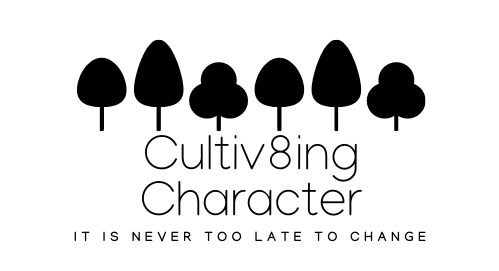On January 23, 2020, I returned to the Philodemic Society’s hallowed hall for a debate on whether human gene editing should be legalized.
I didn’t actually get a chance to speak, but do you know what that means?
I spent the entirety of this last week nitpicking and refining what I would’ve said, and all you lovely folks are now the (un?)lucky recipients.
You. Are. Welcome.
Framing Of The Debate
Definitions:
– Gene-Editing: Modifying Naturally Occurring Genetic Code
– Legalized: To Make Permissible By Law
Key Tenets:
– While international cases can be referenced, we are primarily discussing legalization in the U.S.
– This debate is a cost-benefit analysis and not only a discussion on moral imperatives.
Now, On To What I Think!
Here’s my thing: when it comes to whether or not we should legalize human gene editing, there’s really one question we need to get our hands around.
How do we conceive of human beings?
Broadly speaking, there are two schools of thought and they are 1) the LEGO kit school and 2) the Mona Lisa school.
What does that mean?
Well, for those of you who played with LEGO’s as a kid or play with LEGO’s now (no judgement), you might be familiar with one of LEGO’s slogans:
“If you can dream it, you can build it.”
No limits. No restrictions. Just you, your LEGO’s, and you go for it.
That’s one way you can conceive of a human being.
We’re just raw materials that can be built and made into anything. The sky’s the limit, and we are endlessly open to customization and modification.
“If you can dream it, you can build it.”
On the other hand, you have the Mona Lisa school of thought.
Have you ever been to the Louvre?
Seen the Mona Lisa in person?
In the fifth grade, I was fortunate enough to go the Louvre and be in the same room as the Mona Lisa.
But I didn’t really see it.
Glimpse it?
Yes.
See it?
Nope.
Why?
Because when I got there, there was this mass of people—probably twenty wide by thirty or forty deep—crowded around the Mona Lisa (which is not as big as you think), and they were boxing me out!
For context, I was ten years old and about 4’11,” so against the pointed elbows of elderly art enthusiasts and mission-minded Asian tourists, I didn’t stand a chance.
Eventually, I gave up trying to push my way through and just thought,
“GOOD GRIEF! I’ll just look at it on the internet!”
…and I left.
Art connoisseurs cringe.
Sorry!
But why were so many people wanting to see the Mona Lisa anyways?
Well, because she’s a masterpiece (at least, according to wiser, more learned people than me).
However, while the Mona Lisa might be a masterpiece, she is still subject to the law of entropy, and given time, she will eventually degrade and decay.
So suppose she gets a tear here or some water damage there.
What does the Louvre do?
They ring up an art restorer and say,
“Hey, can you fix a tear and some water damage on the Mona Lisa?”
The art restorer says, “Of course!”
The Louvre ships her out, the art restorer does his thing, and sends her back.
The Louvre gets the box, opens it up, and voila!
The tear and water damage are gone!
But…
Now the Mona Lisa is blonde, and she’s got Harry Potter glasses on.
Panic time.
What happens next?
At worst, an international crisis, and at best, that art restorer is going to be taken to task for everything he’s worth and then some. His great-great-great grandchildren will probably still be paying the debt off.
And why is that?
It’s because that art restorer applied a LEGO kit mentality to a masterpiece.
You do not modify a masterpiece.
I believe human beings—in every iteration—are masterpieces.
Can we be torn? Yes. Damaged? To be sure.
But what we’re ultimately in need of is restoration not modification.
If human gene editing is directed towards and limited by restoration, I might be more willing to give its legalization a hearing.
However, from what I understand, gene editing’s ultimate end is modification.
Moreover, we, as a society, have an ever growing contempt for any and all limitations.
What is it Elsa says in Frozen?
“It’s time to see what I can do/ To test the limits and break through/ No right, no wrong, no rules for me/ I’m free!”
Question: What does it mean to be “free” when you have the power to manipulate the human gene?
In their 1969 song “Epitaph,” rock band King Crimson said this:
“Knowledge is a deadly friend/ When no one sets the rules/ The fate of all mankind, I see/ Is in the hands of fools”
“If you can dream it, you can build it.”
Oh, friends.
We need to think about this.
We need to think about this carefully.
I submit that the question of human gene editing ultimately comes down to this:
How do we see ourselves?
How do you see yourself?
Do you see a Mona Lisa or a LEGO kit?
I beg you to think about it.
Because if we as a society say that we are no longer masterpieces that need to be restored and say instead that we are just a box of LEGO’s and that there are no rules anymore…
Is that not a tremendous loss?
“If you can dream it, you can build it.”
But it comes at an incredible cost.





No Comments